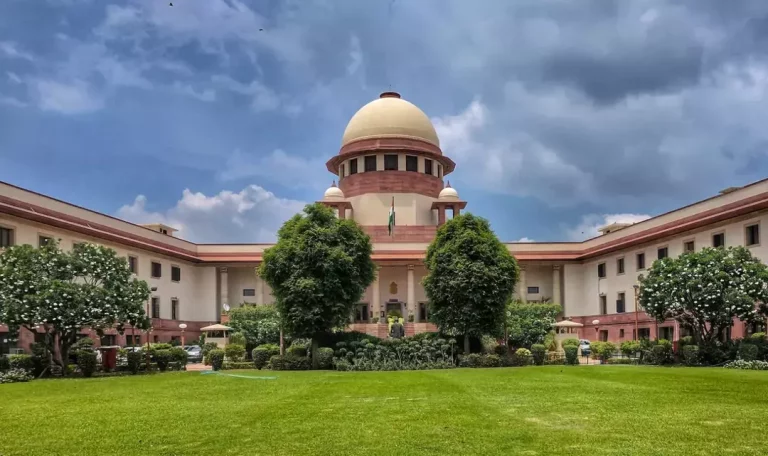
How will the value of ₹1-crore savings automatically reduce to just ₹25 lakh in 20 years?
One of the most significant financial challenges that individuals face today is the impact of inflation on their savings. Inflation, which is the rate at which prices for goods and services are rising, can have a significant impact on the value of one’s savings over time. According to a recent report by Moneycontrol, a 7% average annual inflation rate would reduce the value of ₹1-crore savings today to just ₹25.84 lakh in 20 years. This is a staggering 74% reduction in the value of one’s savings, simply due to the effects of inflation.
But how does this happen? And what can individuals do to protect their savings from the erosive effects of inflation? In this blog post, we will explore the impact of inflation on savings, and provide some valuable insights and strategies for individuals to build a safer and more sustainable financial future.
The Impact of Inflation on Savings
Inflation is a natural phenomenon that occurs when there is an increase in the money supply in an economy, leading to a rise in prices of goods and services. As the prices of goods and services rise, the purchasing power of money decreases, and the value of savings is eroded. This means that the same amount of money can buy fewer goods and services than it could in the past.
To illustrate this point, let us consider an example. Suppose you have ₹1 crore saved in a bank account, earning a 5% interest rate per annum. If inflation is at 7% per annum, the purchasing power of your ₹1 crore would decrease by 2% per annum (7% inflation rate minus 5% interest rate). Over a period of 20 years, this would result in a reduction of approximately 74% in the value of your savings.
How Inflation Affects Savings
Inflation can affect savings in several ways, including:
- Reduced Purchasing Power: As prices rise, the purchasing power of money decreases, and the value of savings is eroded.
- Interest Rate Adjustments: Central banks may increase interest rates to combat inflation, which can reduce the returns on fixed-income investments.
- Inflation-Linked Investments: Inflation-linked investments, such as bonds and fixed deposits, may offer returns that are adjusted for inflation, but these returns may not keep pace with the rising cost of living.
- Inflation-Adjusted Savings: Some savings accounts and fixed deposits may offer inflation-adjusted returns, but these returns may not be sufficient to keep pace with the rising cost of living.
Strategies for Protecting Savings from Inflation
While it may seem daunting to protect one’s savings from the effects of inflation, there are several strategies that individuals can employ to build a safer and more sustainable financial future:
- Invest in Inflation-Beating Assets: Invest in assets that have a history of performing well during periods of inflation, such as gold, real estate, and dividend-paying stocks.
- Inflation-Linked Investments: Invest in inflation-linked investments, such as bonds and fixed deposits, that offer returns adjusted for inflation.
- High-Yield Savings Accounts: Consider opening a high-yield savings account that offers higher interest rates than traditional savings accounts.
- Inflation-Adjusted Savings: Consider opening an inflation-adjusted savings account or fixed deposit that offers returns adjusted for inflation.
- Diversification: Diversify your investment portfolio to minimize the impact of inflation on your savings.
- Regularly Review and Adjust: Regularly review and adjust your investment portfolio to ensure that it remains aligned with your financial goals and inflation expectations.
Conclusion
The value of ₹1-crore savings automatically reducing to just ₹25 lakh in 20 years may seem alarming, but it is a stark reminder of the importance of understanding the impact of inflation on one’s savings. By employing the strategies outlined above, individuals can protect their savings from the erosive effects of inflation and build a safer and more sustainable financial future.
Source:






